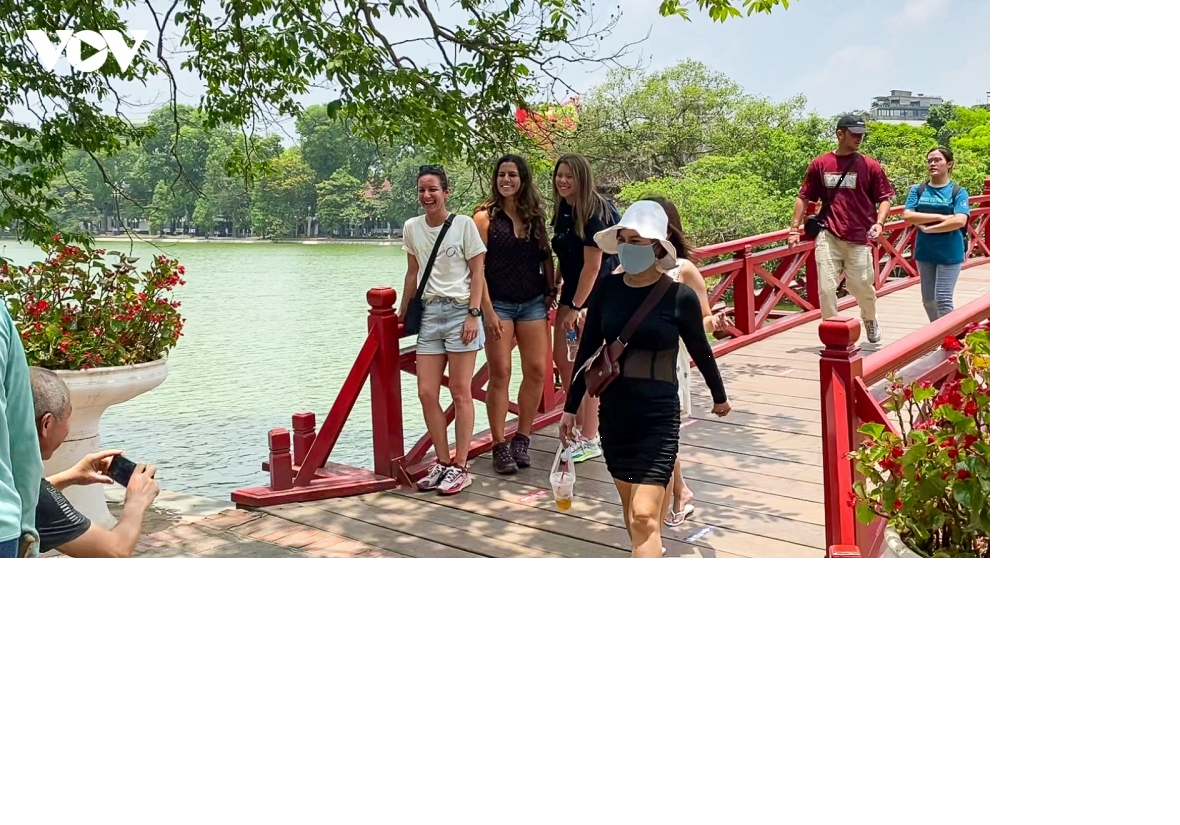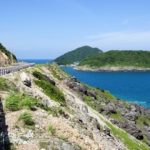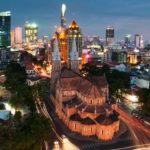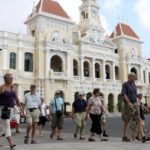The two largest cities in Vietnam, Hanoi and Ho Chi Minh City, are separated by 1100km of stunning landscapes, including rice paddies, tropical jungles, historic townships, wartime relics, national parks, and beautiful beaches. Many travelers choose to visit both cities during their trip, and there are various ways to explore the scenic countryside, according to writer Joe Bindloss.
If your goal is to visit both cities and other attractions in the central region of Vietnam, the best way to travel is by train. The country’s main railway line runs along the coast, connecting these two bustling cities and stopping at numerous destinations along the way, providing plenty of opportunities to take breaks during the journey, the article states.
Trains offer four main ticket classes: hard seat, soft seat, hard sleeper, and soft sleeper. These classes vary in cost and comfort, and there are options for both air-conditioned and non-air-conditioned seating. AC seats and berths have a higher fare, and some trains offer Wi-Fi, although the connection can be slow.
The article also mentions that bus travel in Vietnam can be convenient and comfortable for major city-to-city routes, but slower and more cramped in rural areas. However, buses are generally affordable.
If you’re an adventurous traveler seeking freedom, motorbikes can be a great option. Many seasoned bikers dream of riding the length of Vietnam, and there is a bustling industry that provides motorcycles for travelers attempting the journey between Hanoi and Ho Chi Minh City. However, it’s important to note that local driving conditions can be challenging, and some rented or purchased bikes may be in poor condition. Potential buyers should thoroughly inspect the advertised machines in hostels and hotels before making a decision, according to the author.
Self-drive rental cars are scarce in Vietnam, which is fortunate considering the local traffic conditions. However, it’s easy to rent a vehicle with a driver who can also serve as a tour guide and take travelers to hidden gems they might otherwise miss, as suggested by Lonely Planet.
Cycling can be a delightful way to get around Vietnam, especially on quiet rural roads away from crowded highways.
In addition, domestic flights are a convenient option for saving time when traveling across the country.
Travel guide Lonely Planet also recommends taking boats to reach islands or explore the mighty Mekong River. Additionally, buses are an affordable mode of local transportation in towns and cities, while cyclos and xe ôms (motorbike taxis) are the fastest ways to navigate city traffic.
Ancient house in Ma May
NDO – Ma May, a rare quarter that still retains several old houses, has created one of the characteristics of Hanoi. Hanoi’s streets are becoming increasingly crowded and traditional features can sometimes be hidden behind modern life. But if one takes the time to relax and look around, the ancient features begin to reveal themselves.









